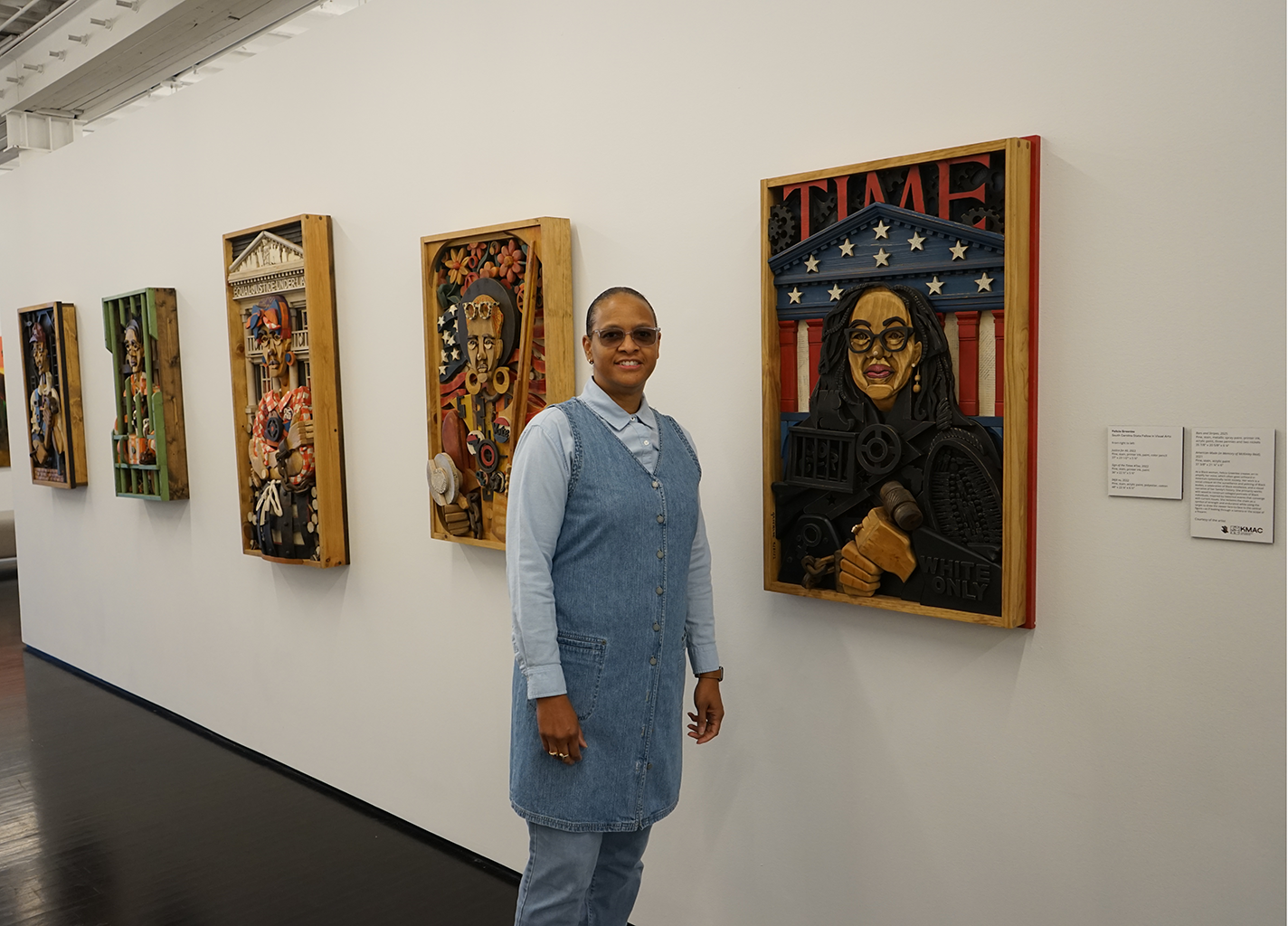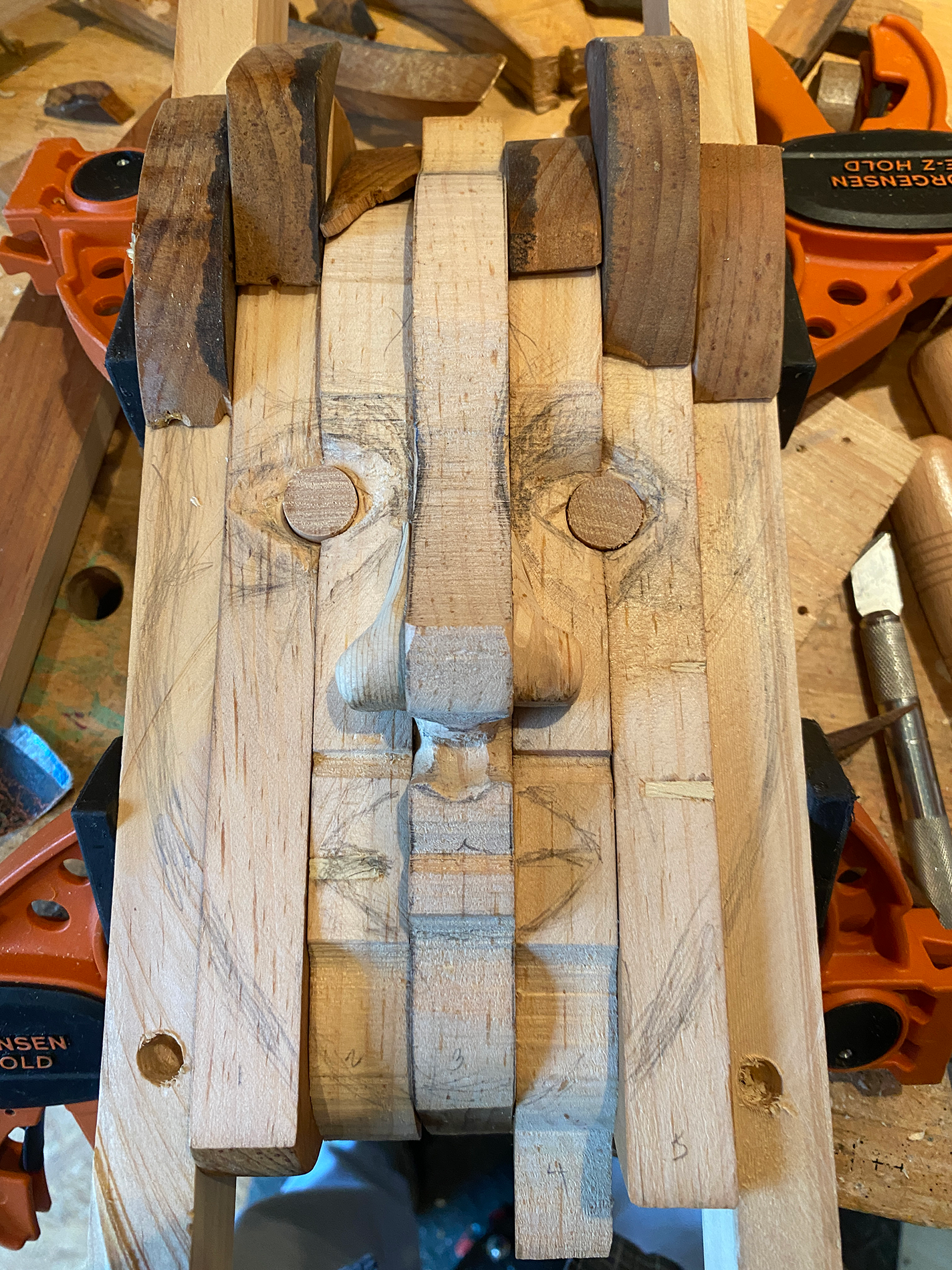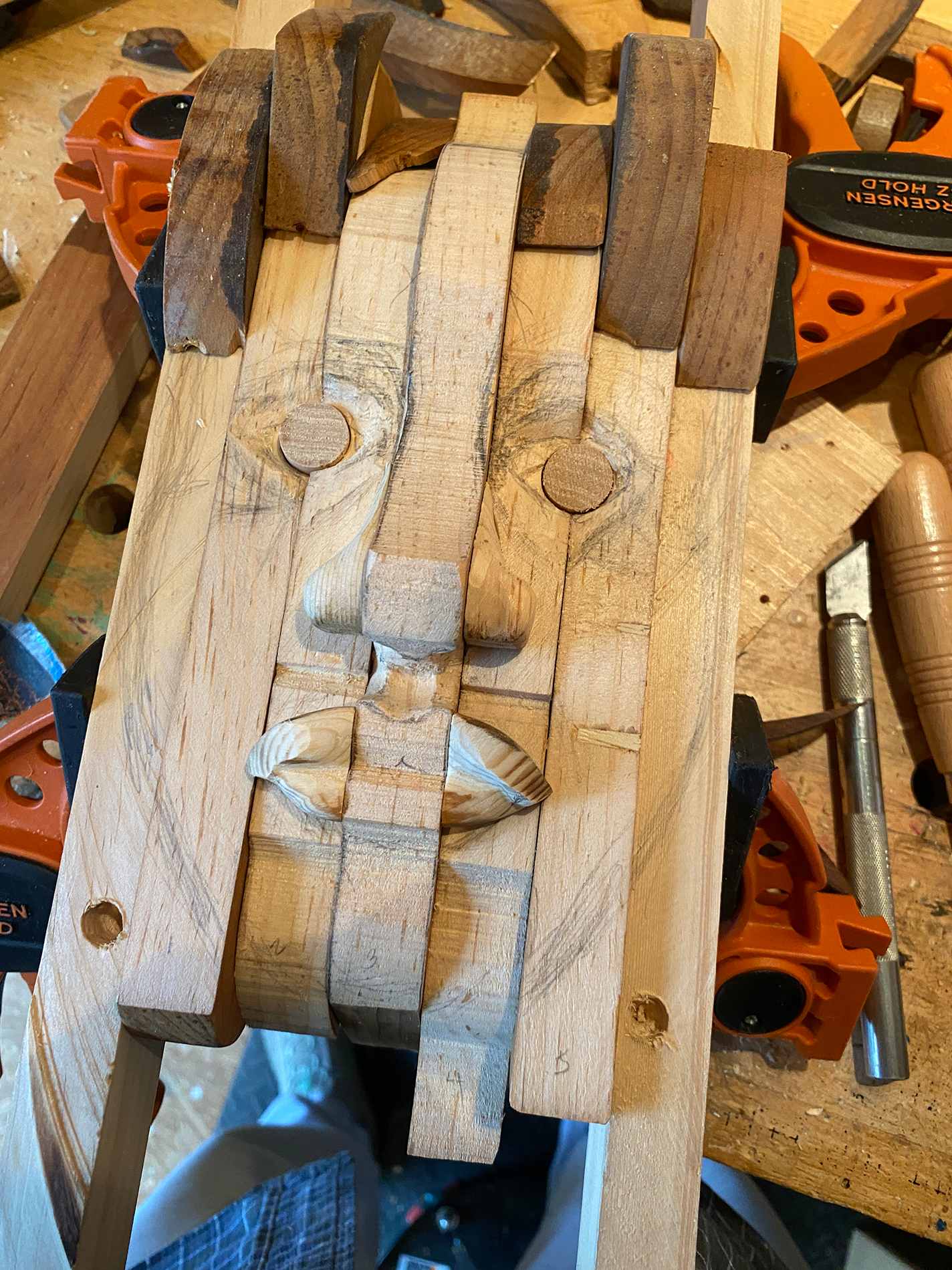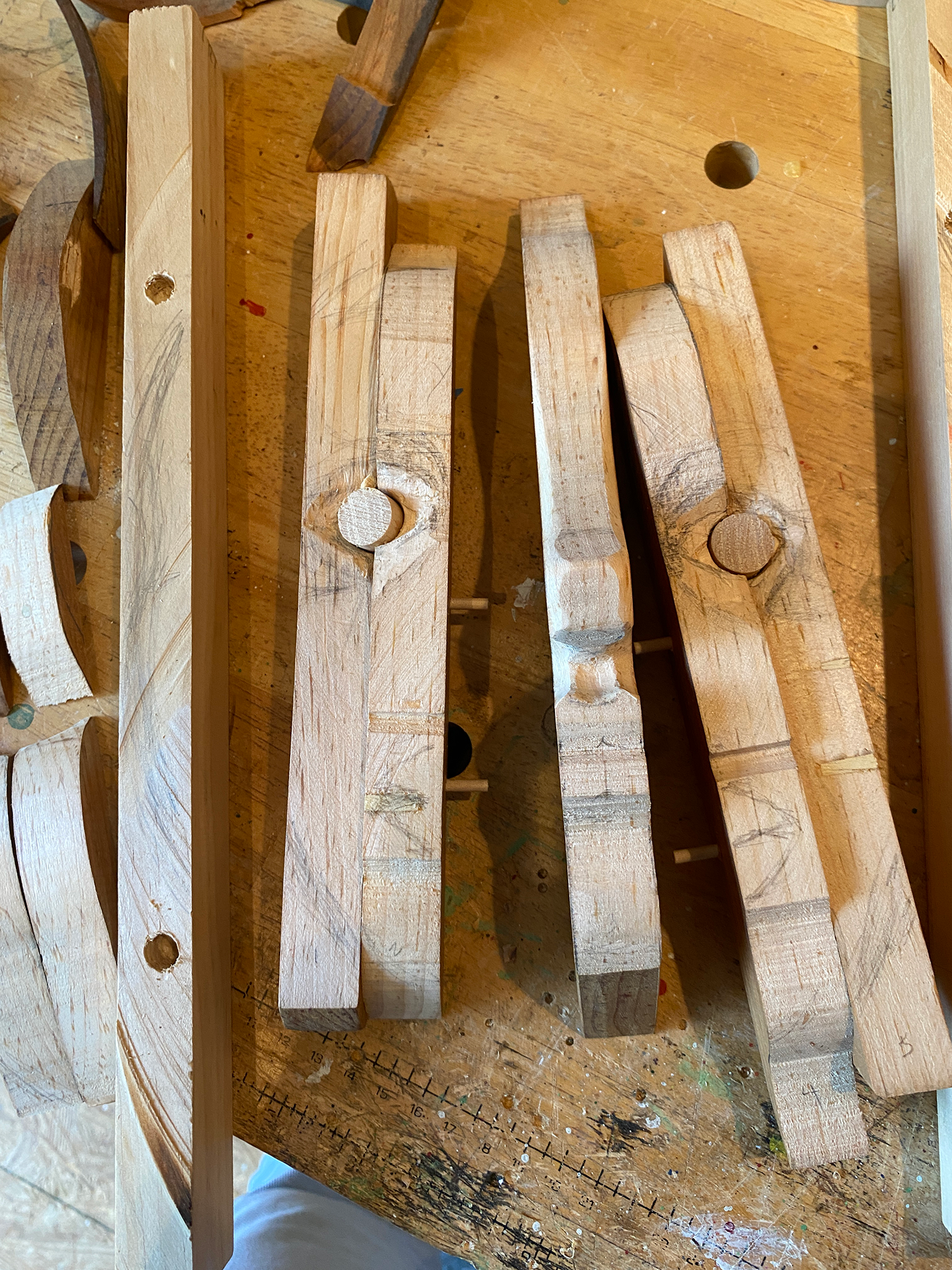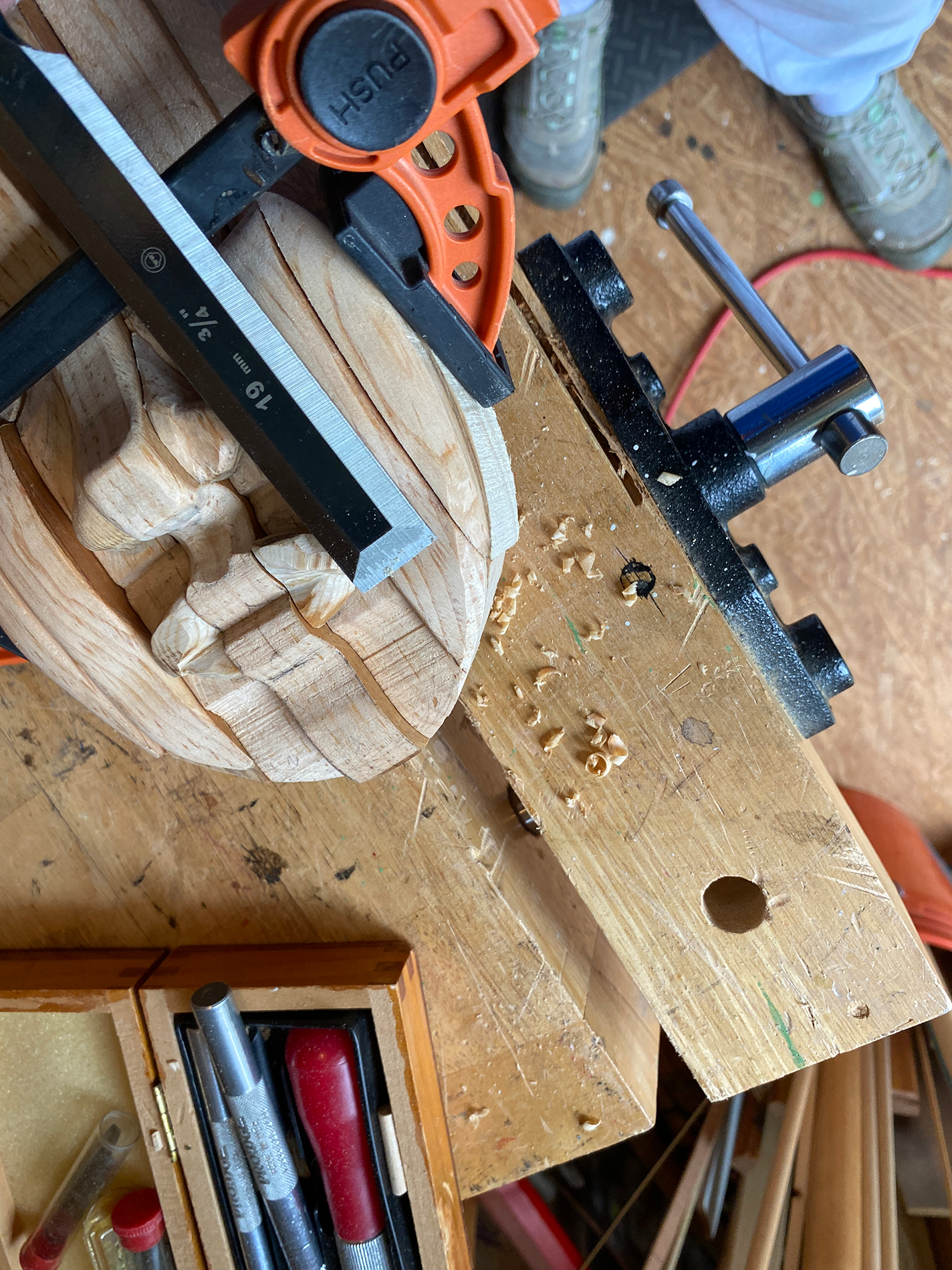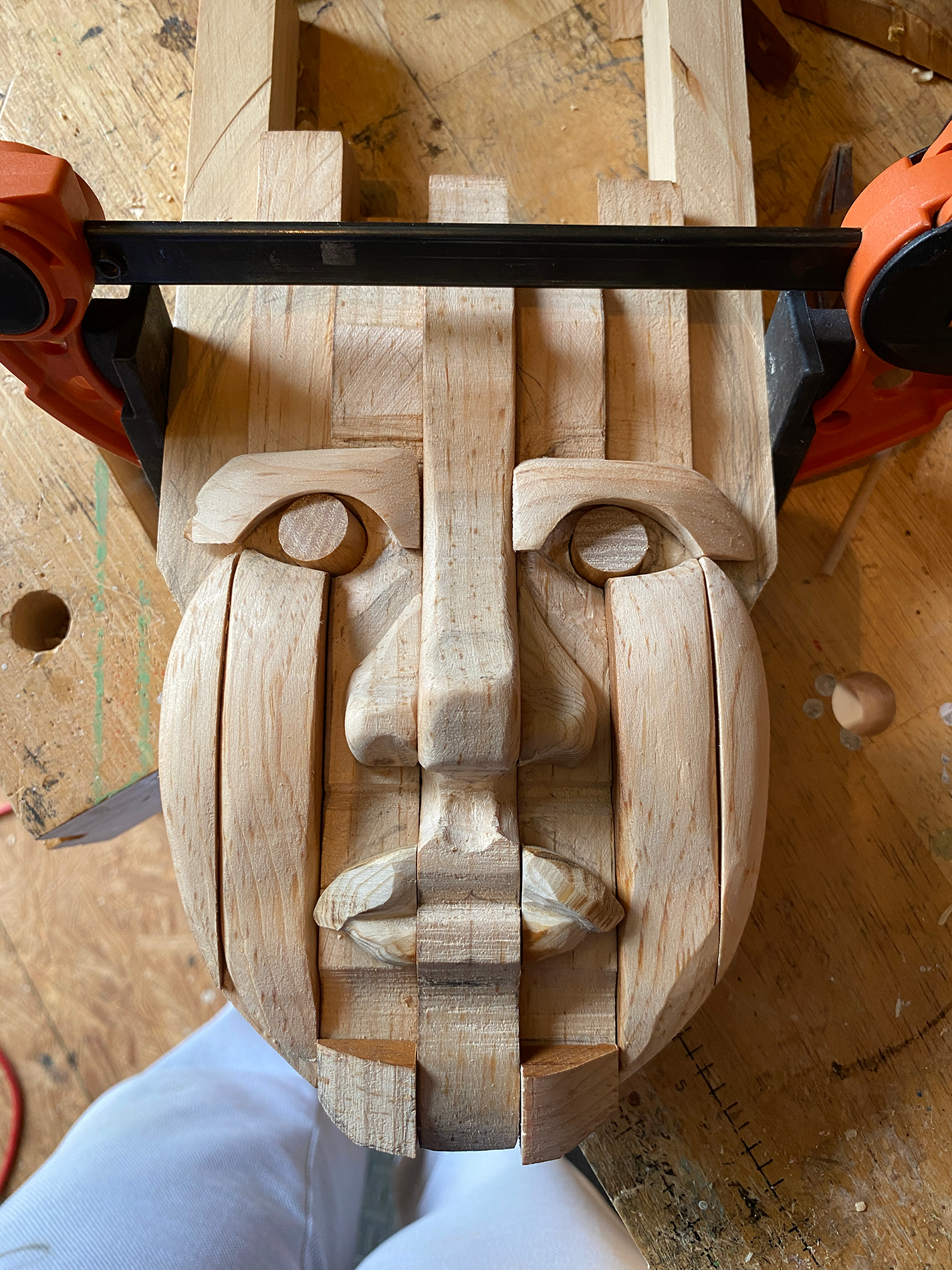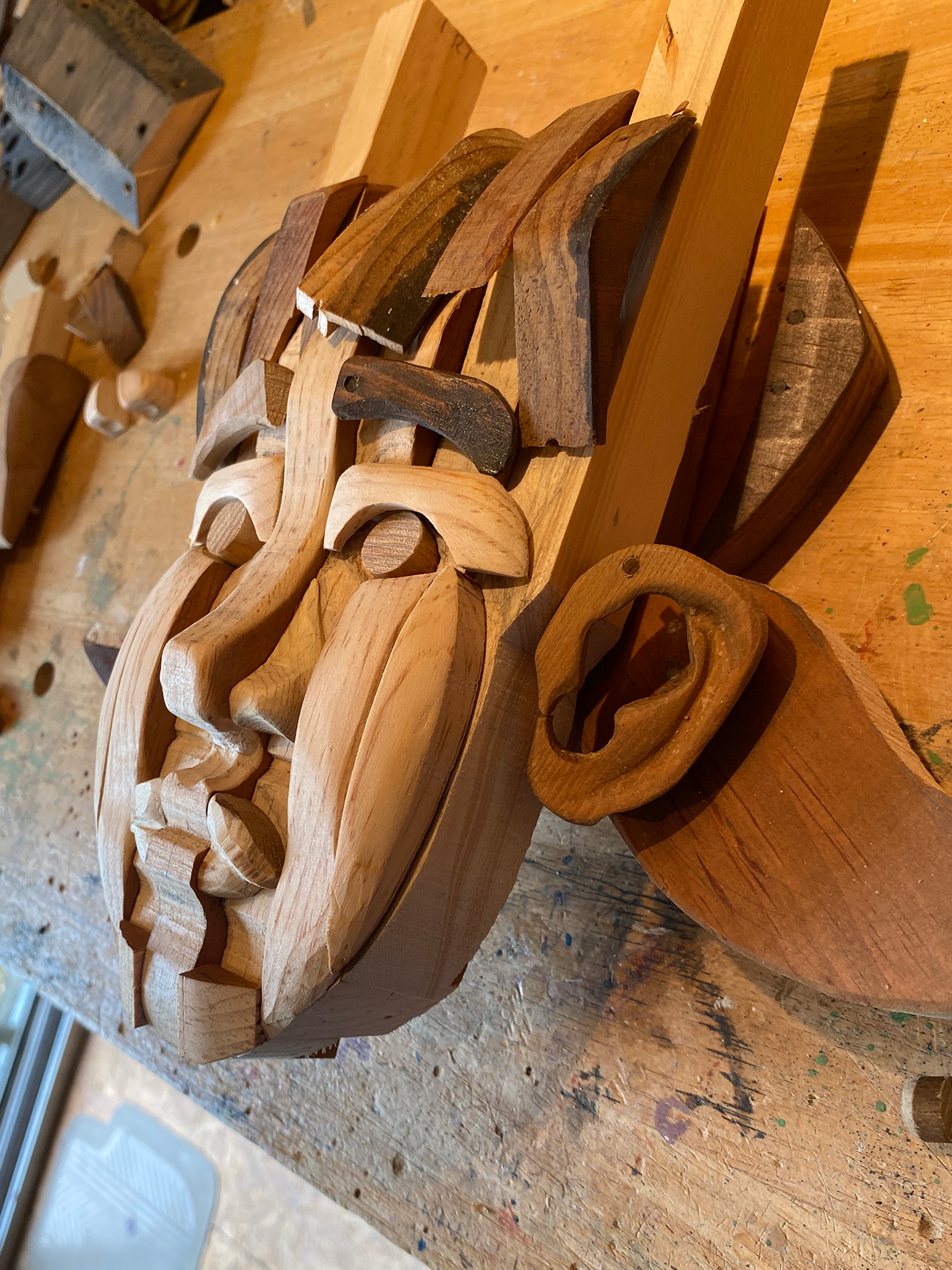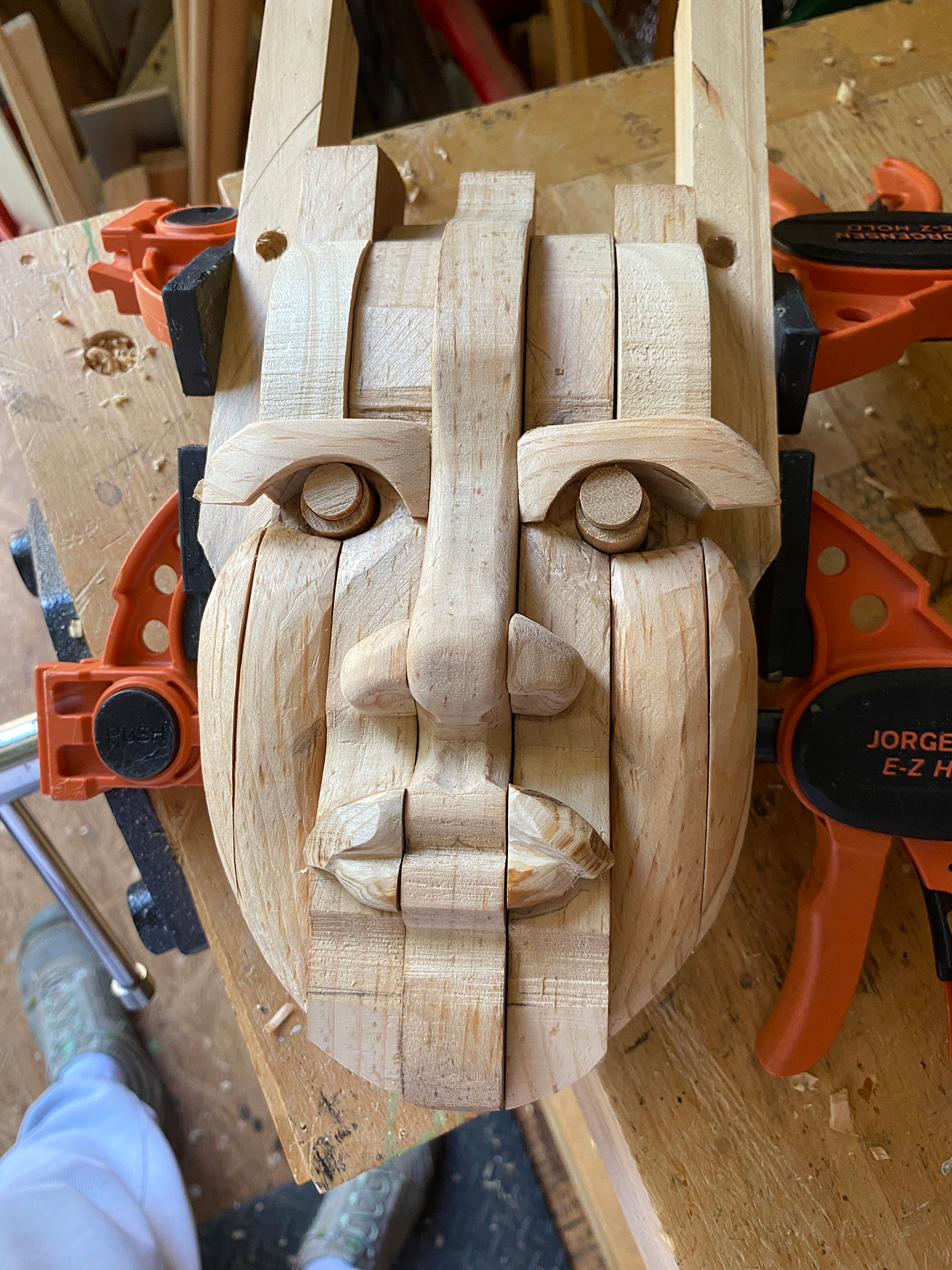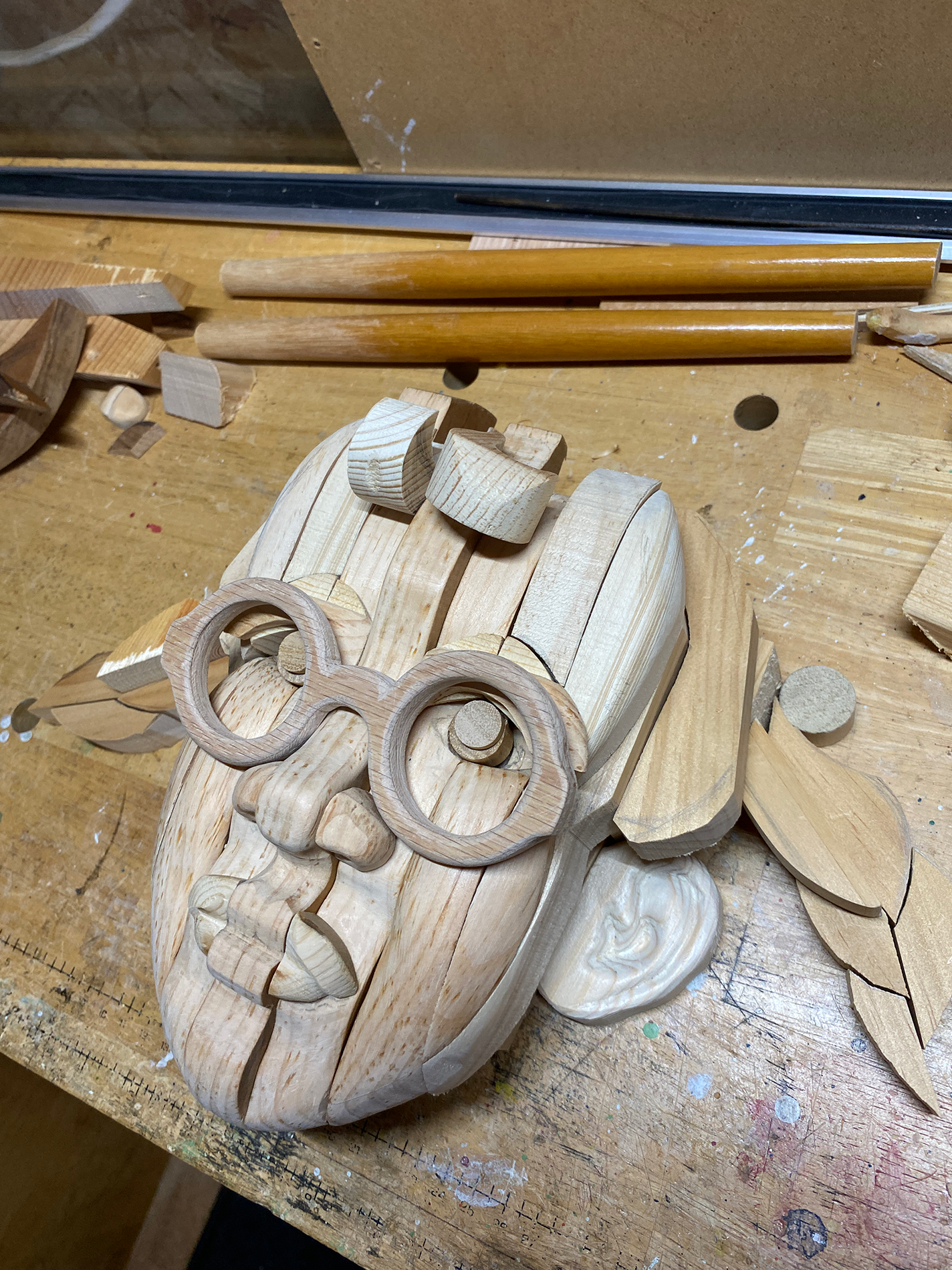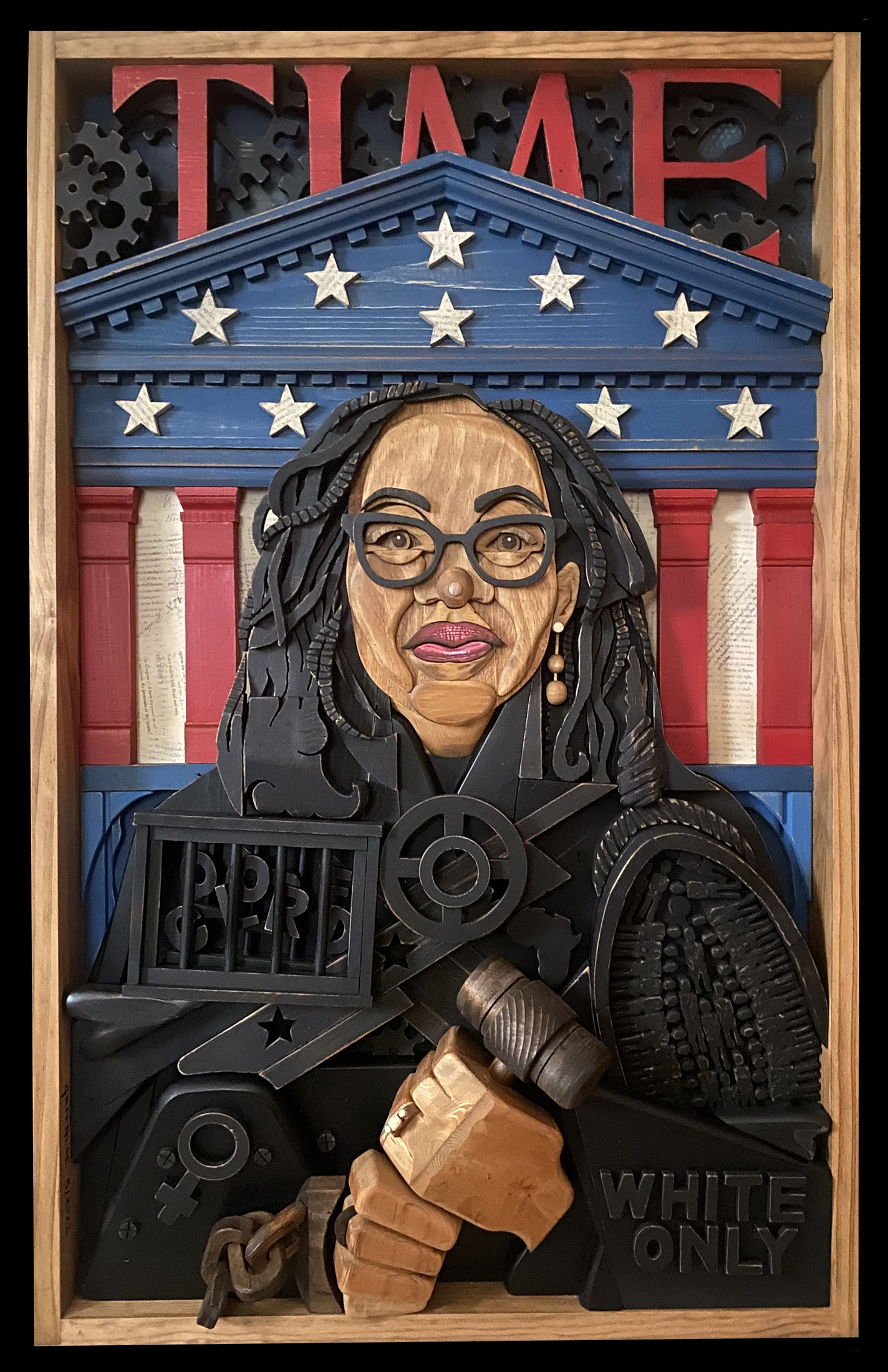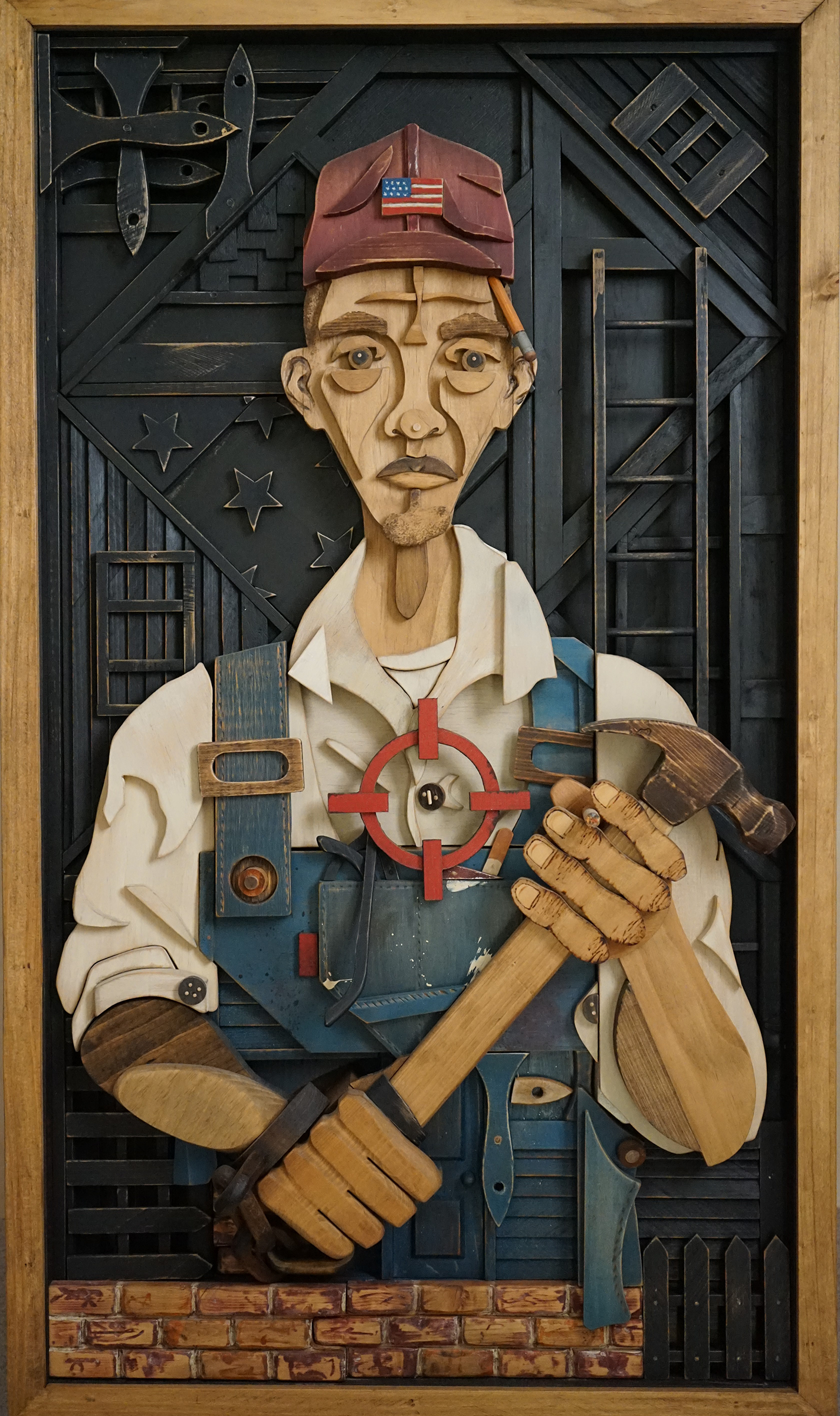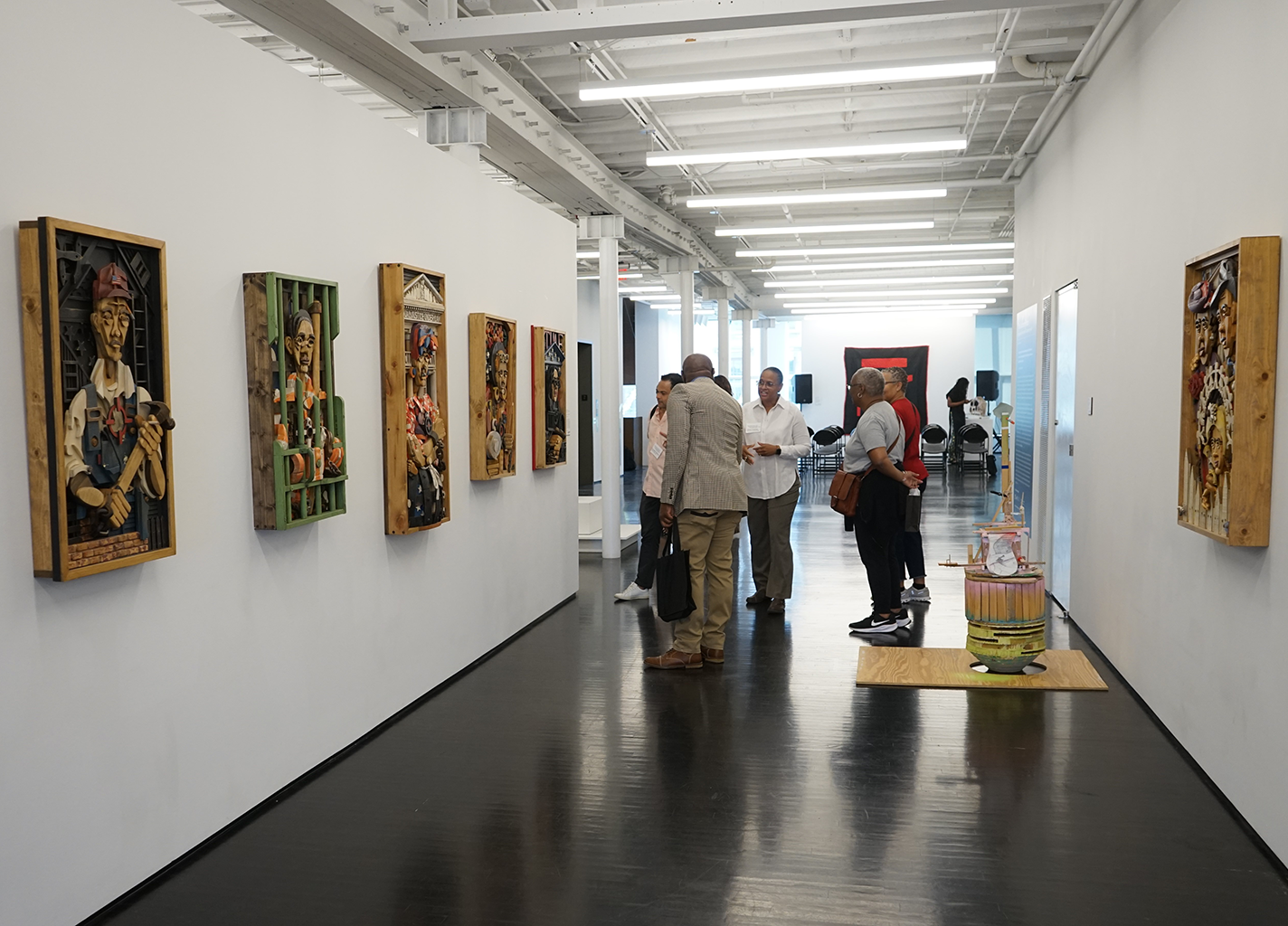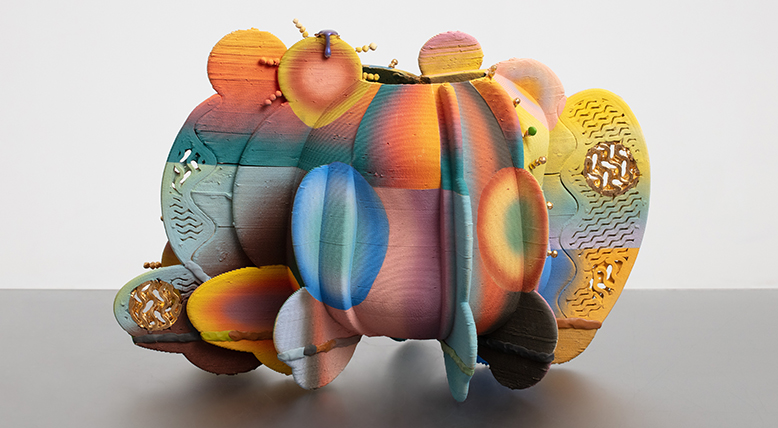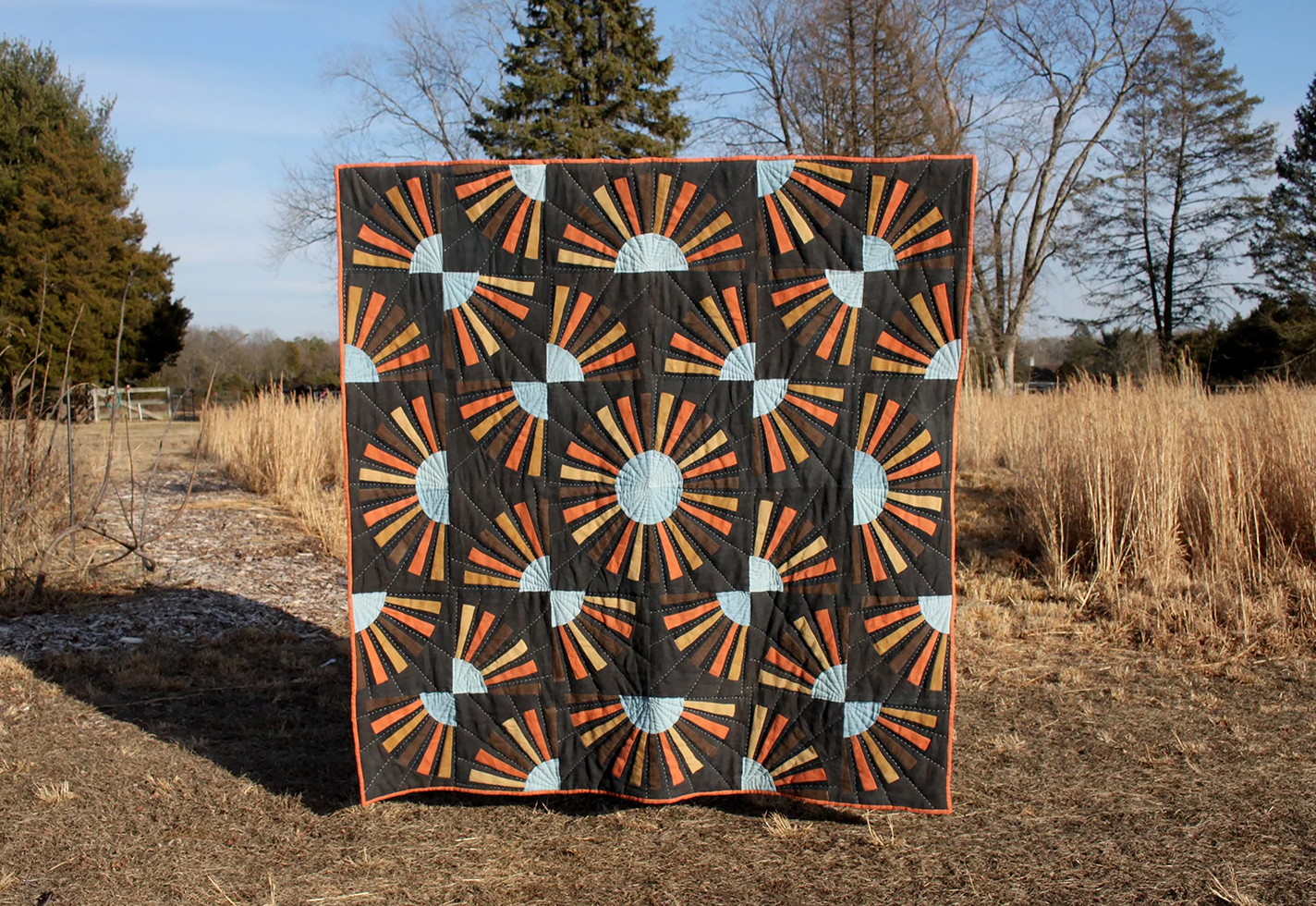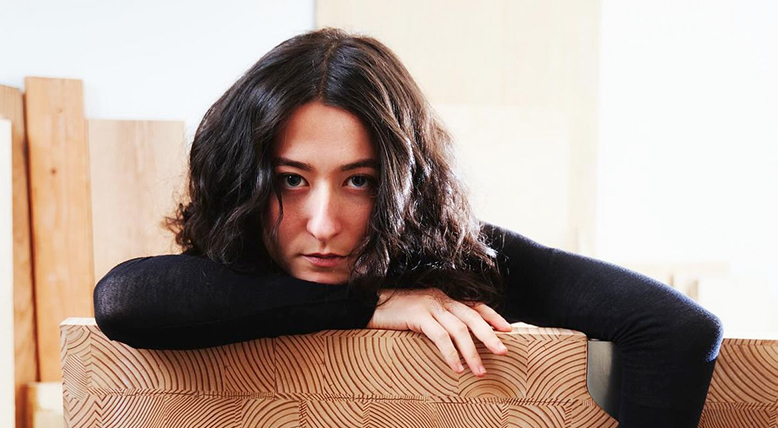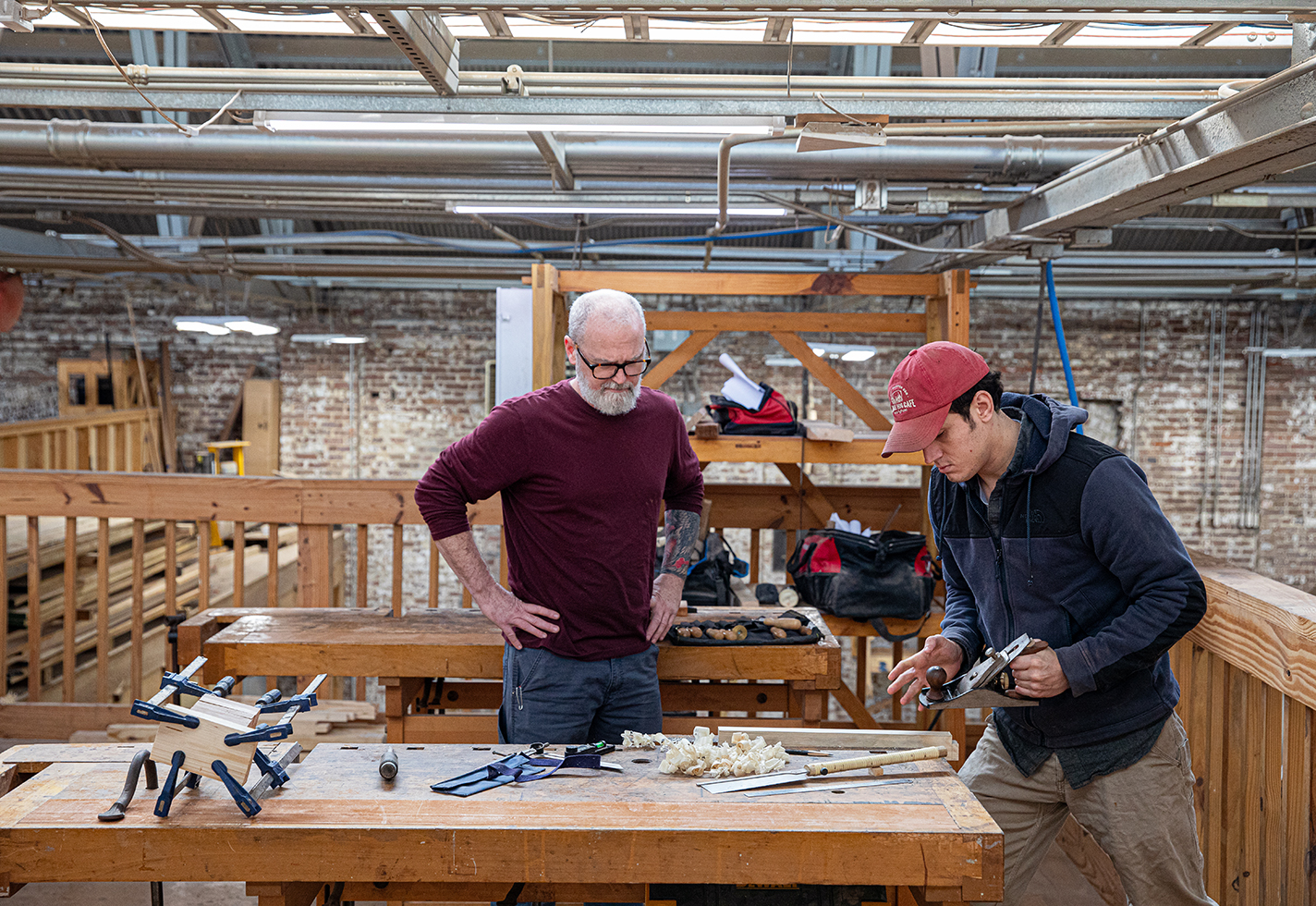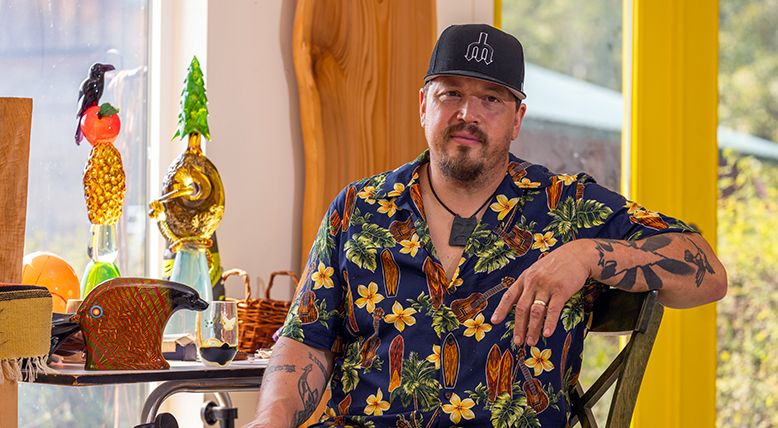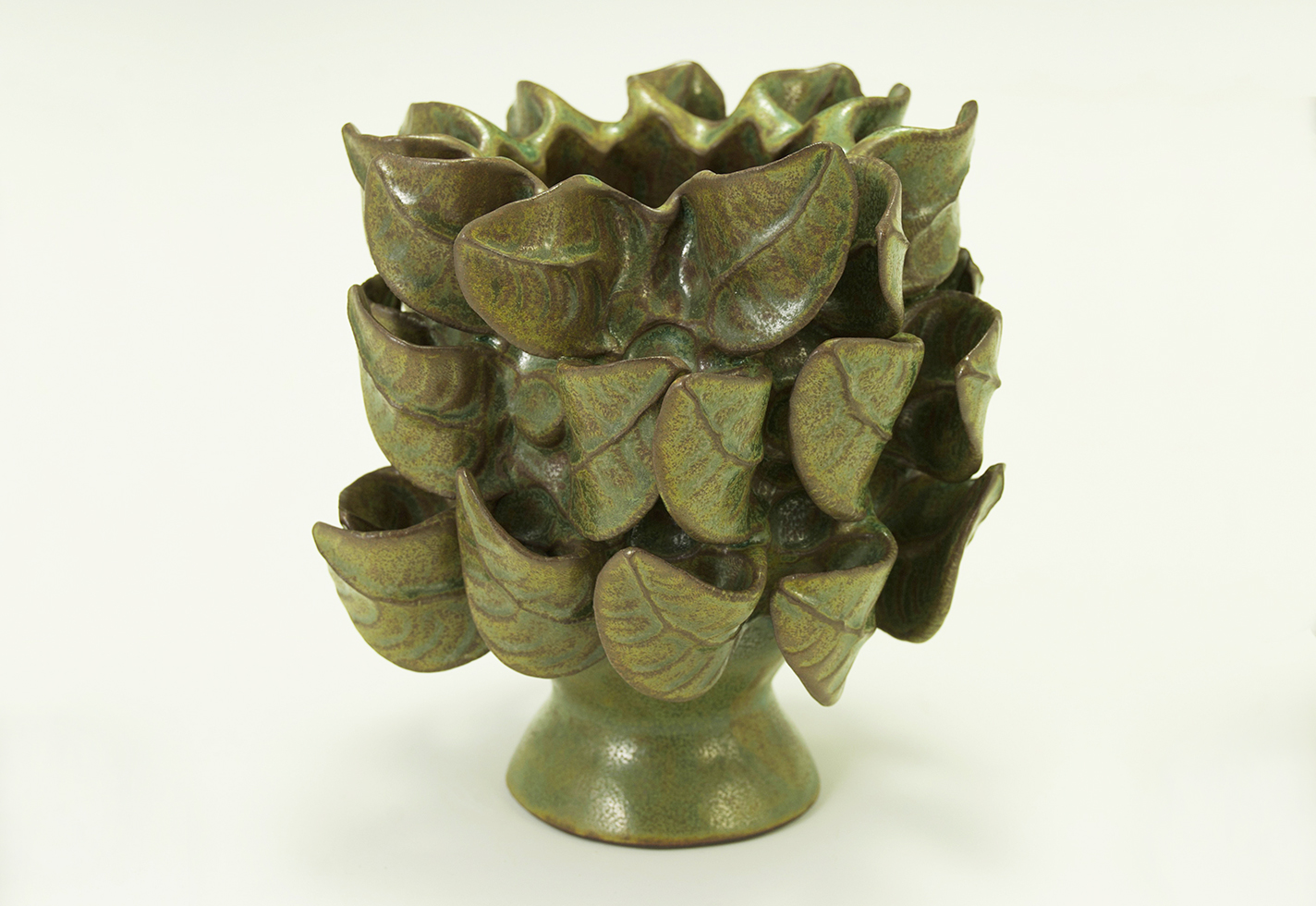Nestled into simple wood frames, Felicia Greenlee’s wood collages burst with texture and detail.
Each collage—made from layers of wood and painstakingly assembled over an average of 400 hours per piece—is carved with chisels and saws, then joined with wooden dowels to create images that celebrate Black identity and explore racial justice. But don’t call Greenlee’s collages assemblages—the works are derived from her painting practice, taking the traditionally flat art form into the third dimension. “I outgrew the two-dimensional nature of paper and canvas,” she says. “I wanted to create depth and dimension, work that couldn’t be printed.” Born in Philadelphia, Greenlee moved to South Carolina as a child. She earned a fine arts degree from Clemson University and worked as a freelance textile designer while raising her son. Greenlee still lives in South Carolina, where she focuses on creating artworks that invoke social change. Anitra Budd wrote about her work in “From Canvas to Carving” in the Fall 2025 issue of American Craft.
How do you describe your work or practice in 50 words or less?
I describe my work as “wood collages.” I have always wanted to paint because that was my first introduction to art. Then I saw a Romare Bearden collage and thought, “I can do that.” I found it hard to source images from magazines, even though I had a large stockpile of my mother’s old Ebony magazines. Without having to abandon painting, I created my own form of collage by layering stained and painted wood and occasionally other objects to create my work.
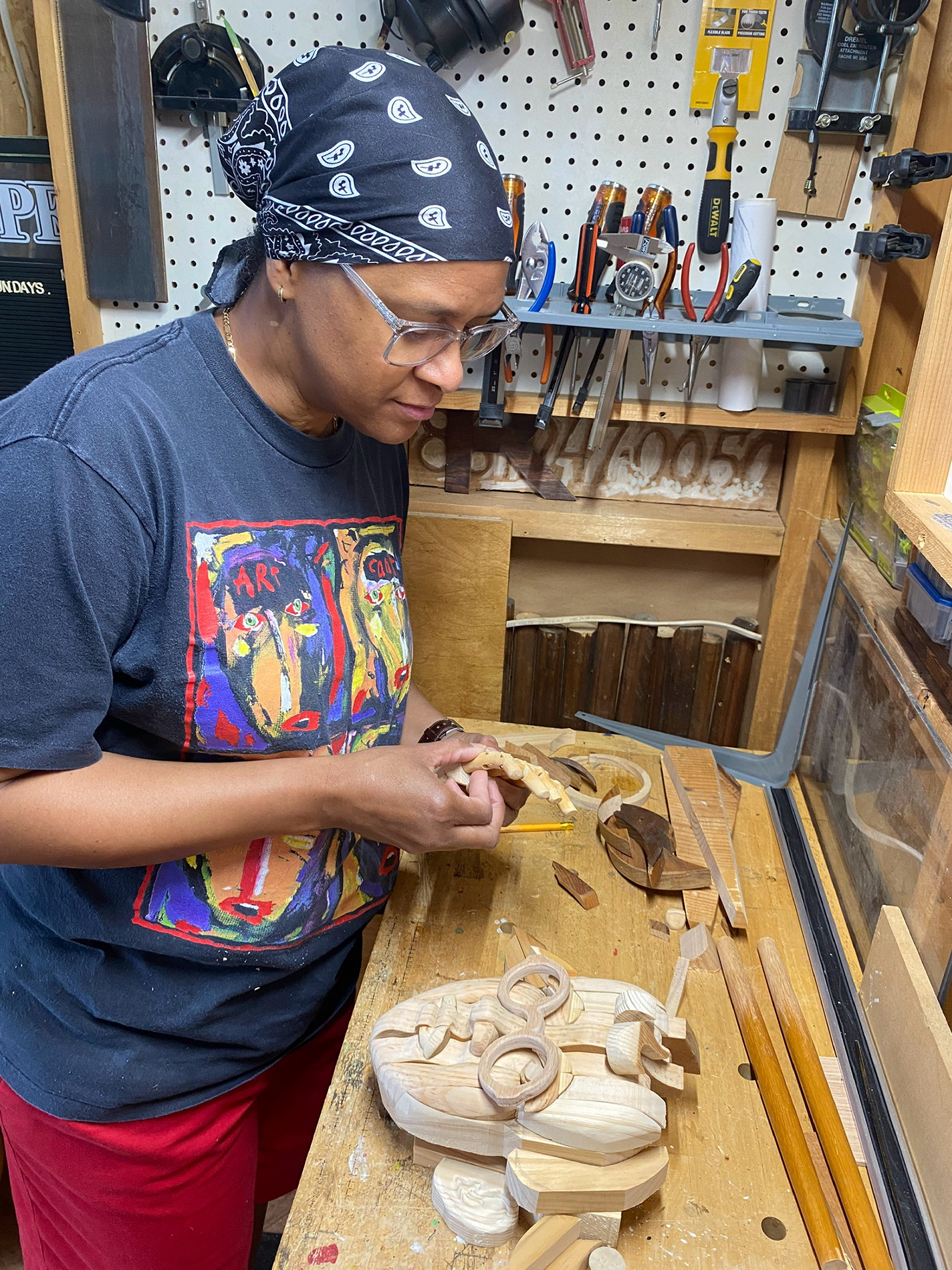
Greenlee working on an upcoming piece called When I Grow Up in her studio.
